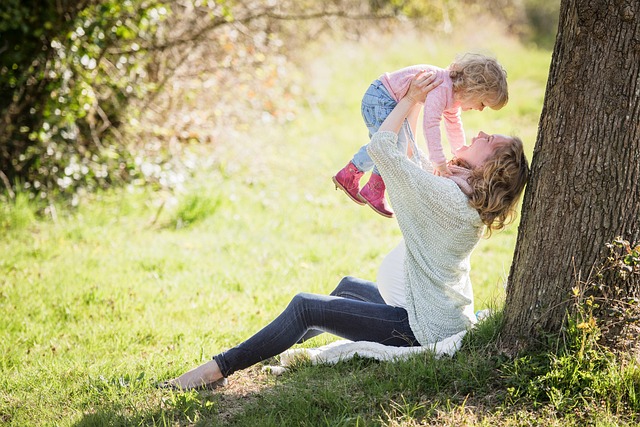I’ll be honest: I never introduced my children to the traditional Thanksgiving narrative. As a homeschooling parent, I had the freedom to choose what they learn, and I opted out of the typical Pilgrim story—where English settlers supposedly shared a harmonious turkey dinner with Native Americans. My children have never experienced the cliché black construction paper hats or crafted paper feathers. They have not been exposed to the conventional tale of Squanto, who supposedly rescued the English settlers by teaching them agricultural practices. We bypassed the myths surrounding the Mayflower, and for that, I am truly thankful.
I approached this decision straightforwardly. I didn’t sidestep the topic or present it with half-truths. I was fortunate that I could share with my sons the harsh reality: Indigenous peoples were systematically killed. A rich continent filled with diverse cultures, aspirations, and dreams faced devastation when the Pilgrims and others arrived, believing that God had bestowed the land upon them. Many Native communities had already been decimated by diseases like smallpox brought by earlier European explorers. The English settlers mistook the cultivated fields and abandoned villages as divine gifts.
You, too, can ensure your children learn the truth. It’s a matter of confronting uncomfortable realities and taking initiative.
Engage with their educators.
Find out what your children are being taught about Thanksgiving this year. If you discover inaccuracies or omissions, address your concerns tactfully. Keep in mind that educators might not even recognize the Thanksgiving myth as false, so approach the conversation with kindness. Suggest alternative resources—like websites focused on the Wampanoag tribe and lesson plans that provide a more accurate representation of history.
Ensure that their education avoids harmful stereotypes.
Dressing students as Native Americans perpetuates harmful clichés. This practice, often referred to as “redface,” is as objectionable as blackface. It’s essential to acknowledge that the Thanksgiving narrative primarily involves one tribe, the Wampanoag, and their leader, rather than grouping all Indigenous peoples together. Each tribe possesses its own unique culture and history. Squanto’s assistance stemmed from his own traumatic experiences that included being kidnapped and enslaved in England. While many Pilgrims sought religious freedom, others were motivated by profit. The Pilgrims were often intolerant of other faiths, particularly Catholicism, which contradicts the notion that America was founded on religious tolerance.
Discuss the historical treatment of Indigenous peoples.
It’s essential to convey the ongoing impact of historical injustices faced by American Indians, including genocide, land theft, forced relocations, and systemic poverty. My children do not find these discussions shocking; they are part of an ongoing dialogue throughout the year. We listen to documentaries about contemporary Indigenous life, attend local cultural presentations, and explore the rich histories of tribes. For example, my son has a fascination with arrowheads, which allows us to connect history with hands-on learning experiences.
Explore authentic Indigenous cultures.
We do not celebrate Thanksgiving with Pilgrim-centric activities. Instead, as November approaches, we delve into the diverse cultures of American Indians. There is no one-size-fits-all representation—each tribe, whether it’s the Wampanoag, Apache, Sioux, Cherokee, or Catawba, has its own history. Discover which tribes are local to your area and start your exploration there, ensuring you present an honest account of their heritage.
Celebrate Thanksgiving as a time for family.
There’s no need to change your holiday traditions, unless they involve overt nationalism. The original Thanksgiving shared by the Pilgrims and Wampanoag was more about celebrating the harvest together rather than a religious observance. Although they likely didn’t feast on turkey, cranberry sauce, or mashed potatoes, they did celebrate with a communal feast that lasted a week. Perhaps we can adopt that spirit of togetherness while acknowledging our history more accurately.
In conclusion, fostering a truthful understanding of Thanksgiving can enrich our children’s perspectives on history and cultural sensitivity. This approach not only promotes honesty but also encourages respect for the diverse narratives that shape our world.
Keyphrase: Truth about Thanksgiving
Tags: [“home insemination kit”, “home insemination syringe”, “self insemination”]
